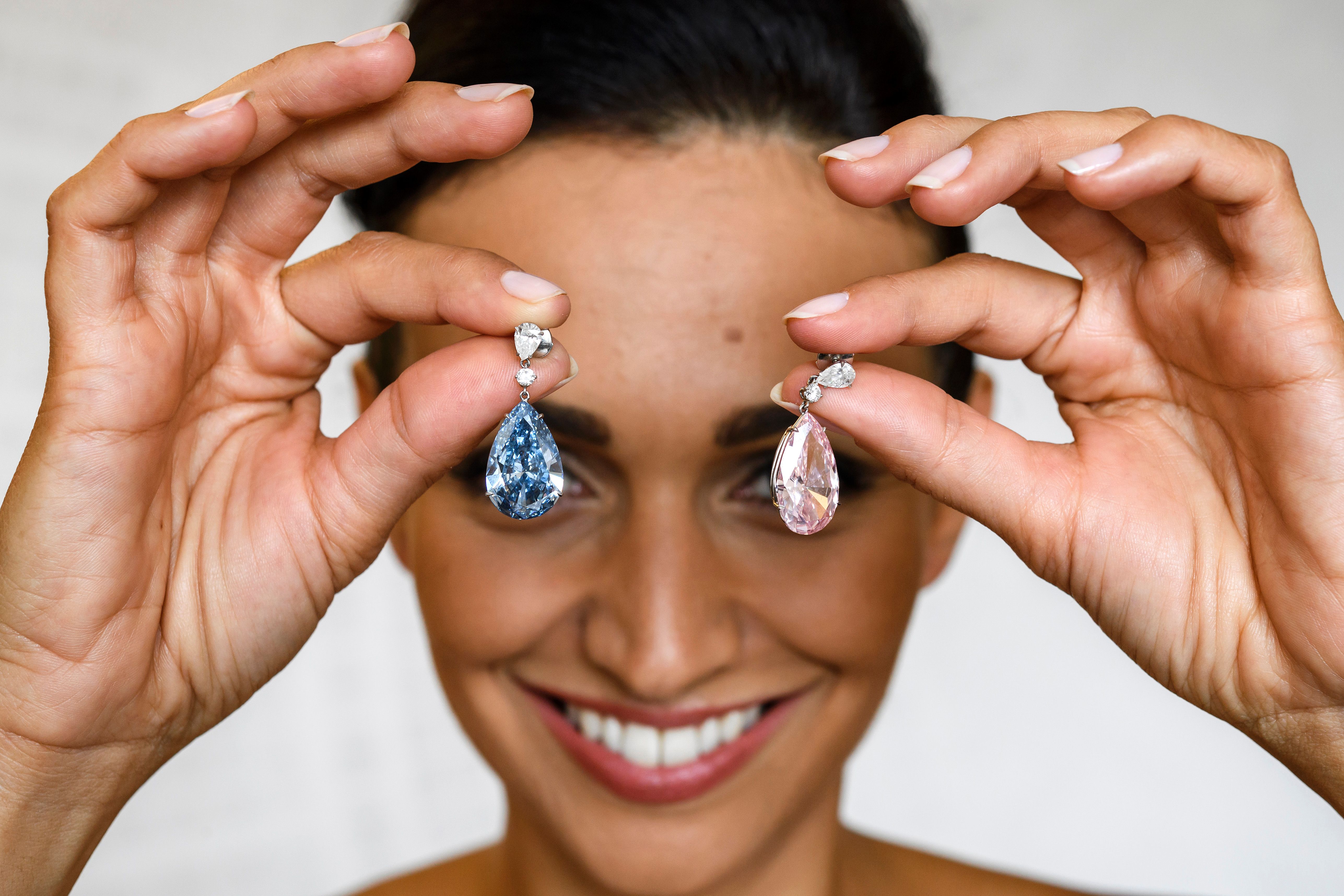
By now, you’ve probably heard enough about how the marquee fine-art sales last month stacked up to pre-pandemic totals. But you may not be aware that there’s an even faster growing segment of the auction market: decorative art and design.
Decorative art sales generated a total of $825 million at auction last month, up roughly 26 percent from the equivalent total in May 2019. (For comparison, fine-art sales shrunk 1.8 percent over the same two-year period.)
Sotheby’s May design sales in New York and Paris both eclipsed their high estimates, and now Christie’s is doubling down, launching a joint pop-up in the Hamptons with tony design dealer Carpenters Workshop Gallery. And just yesterday, a Phillips design sale in London generated $16.2 million, the highest total for a design auction in company history.
Maybe there really was something to all that talk about wealthy people paying more attention to their homes after being stuck inside for over a year… . Read on for more about what exactly is driving the trend.
© Artnet Price Database and Artnet Analytics 2021.
So what’s going on in the decorative arts market?
First, let’s clarify what we mean by “decorative arts.” The category is an umbrella term for a number of related but distinct markets, including fine jewelry, watches, design, ceramics, handbags, books and manuscripts, and even snuff boxes.
Snuff boxes! OK, got it. Why should I care about what’s going on in this umbrella market?
The decorative art auction market is historically much smaller than the fine art auction market. In 2019—the last year things were remotely normal (remember that?)—the former was worth $4.9 billion, according to the Artnet Price Database. By comparison, the fine art market generated $13.2 billion that same year. So here’s why you should care: the decorative art market is ballooning at a rapid pace.
How fast are we talking?
To put things into context, the decorative art market had been stalling for years. The $4.9 billion total in 2019 was up slightly from the year before, but still behind the highs reached in 2014 and 2015. Things started to turn around as the world emerged from lockdown, however—and now, the sector is on track for a banner year.
In the first five months of 2021, decorative art auction sales generated a combined $1.8 billion, 27 percent more than in the equivalent period in 2019. In May 2020, the biggest month of the year to date for decorative art sales, the average price of a lot in the sector sold jumped 49 percent from May 2019.
Wow! What’s driving this growth?
Sales in every price bracket have risen so far this year compared to the equivalent period in 2019, but—like in the art market—growth is particularly concentrated at the top.
Sales of objects priced at over $10 million grew a gargantuan 122 percent in the first five months of this year, largely due to major sales of jewelry. In May, a pink diamond ring known as the Sakura diamond sold at Sotheby’s Hong Kong for $28.7 million.
So there are more rich people willing to shell out for diamonds?
In a way, yes, it is that simple. The pandemic has further concentrated wealth at the very top, with ever-wealthier people who would otherwise have spent money on luxurious vacations funneling that extra cash into jewelry and design objects. (Demand for diamonds more broadly has also swelled: Signet Jewelers Ltd., for example, reported a 7.8 percent jump in holiday sales in North America, per Bloomberg.)
Is this some kind of honeymoon period with decorative art?
It’s too soon to say. The trajectory is continuing upward, though spending habits may change as more and more people return to their regular rhythms. Diamonds are forever, but diamond auction-sale bonanzas may not be.